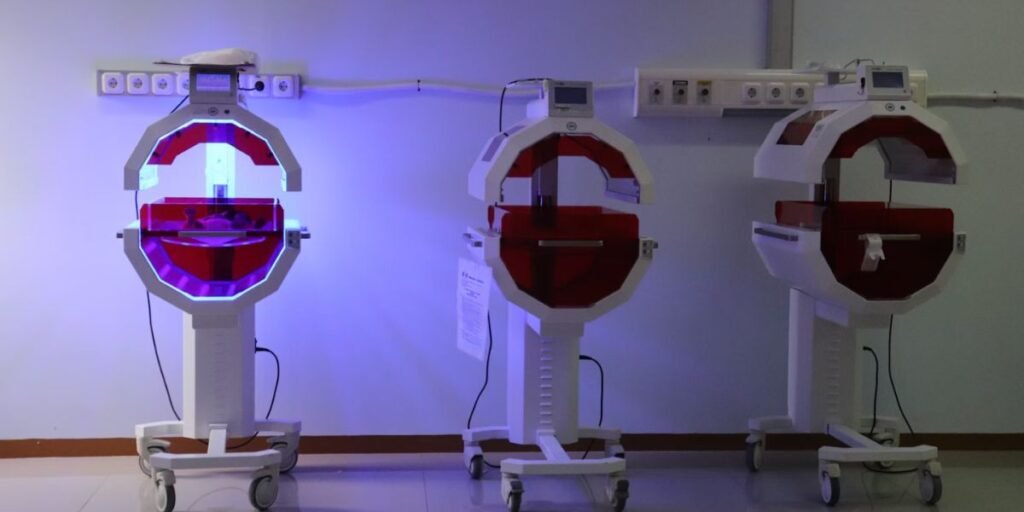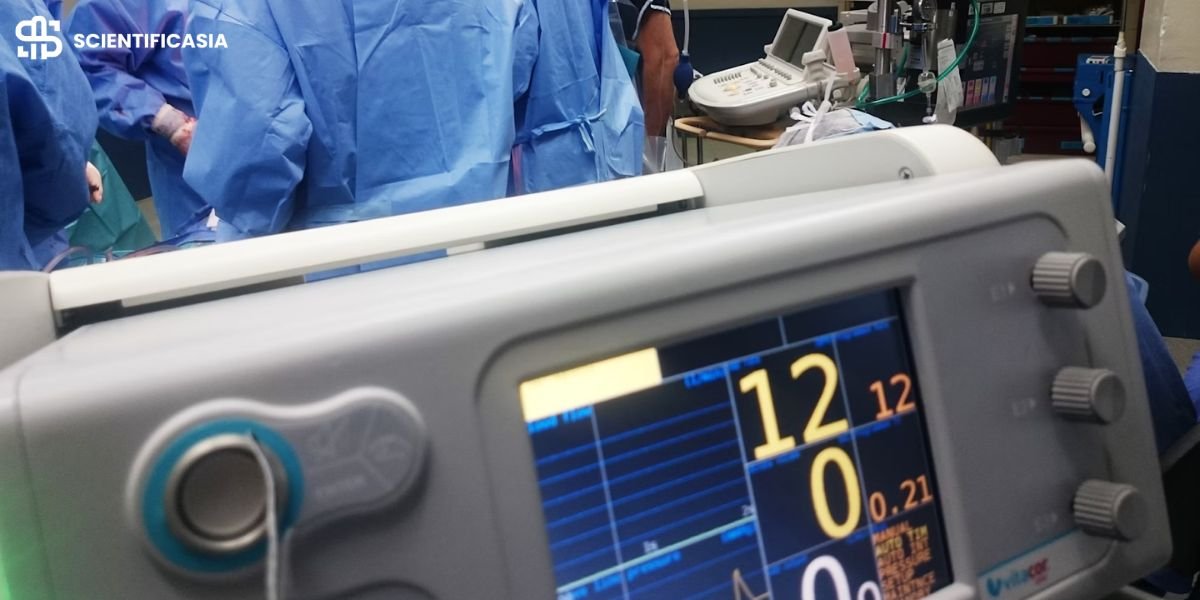Let’s just start by saying that inflation has not been kind to all of us. Well, it hasn’t been kind to the medical industry either. Due to money woes, many professionals have turned to repairing medical equipment instead of getting new devices. This means that a market for refurbished equipment has emerged as a practical solution.
The market is booming. It’s expected to double by 2029, meaning it will reach around $37.6 billion.
Several factors have made a perfect storm for this growth: healthcare providers are under pressure to cut costs (as they always are), sustainability is the word on everyone’s lips, and better technology is making refurbished equipment more reliable and effective. Sounds like a win-win.
North America is leading the trend. Europe and Asia-Pacific also seeing significant growth. Let’s have a look at how it’s done efficiently.
How To Go About Repairing Medical Equipment
When important equipment breaks down it can cause much frustration and stress, both on the staff and on your budget and you’ll probably need to do something about it quickly.
In this edition, we will go into what might be the right steps to take when such a thing happens.
Finding Professional Repair Services
This should go without saying, but let’s not leave room for interpretation – you’ll need professional repair services. This choice can significantly impact the quality of the repair and the longevity of the equipment.
- Researching Service Providers:.Due to space limitations, we will mention just one repair service, but you can pretty much extrapolate what you need from a repair service from this example. Have a look at MT-Unirepair, which offers comprehensive repair services for a wide range of medical devices. Their services include everything from diagnostics and repairs to full refurbishments, ensuring that your equipment is restored to optimal working condition and they can work with sensitive equipment such as ultrasounds, MRI machines, and scanners.
- Certifications And Compliance: It’s crucial to choose a repair service that is certified by recognized bodies. Just to name one, Soma Technology, Inc., adheres to strict FDA regulations and ISO standards, ensuring that their repairs meet the highest safety and quality benchmarks. These certifications not only guarantee compliance but also signal that the company is committed to maintaining industry standards.
- Service Agreements And Warranties: You don’t want to start any repair process without a service agreement. Service agreements include warranties on parts and labor. For example, Integrity Biomedical Services offers extended warranties and ongoing maintenance contracts. Such agreements can be crucial in managing future repairs and reducing unexpected costs.

Ensuring Quality Repairs
After selecting a repair service, make sure the repairs are done to the highest standards. A couple of things for you to look into here, let’s talk more.
- Comprehensive Diagnostic Testing: Check that your provider can do a thorough diagnostic test. Medical diagnostic testing equipment can be technologically tricky so you’ll want to make sure the provider can first identify the issue correctly. The step may seem redundant to mention but it is not. Much money can be saved by making sure the right malfunction is being repaired.
- OEM Parts For Repairs: Original Equipment Manufacturer (OEM) parts are the way to go and you should insist on it. OEM parts mean you’re getting a replacement original part for your device, which is important for a whole throng of reasons – tech, safety, and warranty to name just a few. GE Healthcare makes a point of using OEM parts in their repair processes .
- Post-Repair Testing: You’ll also want to make sure that functional testing and calibration are done. This serves to ensure that the equipment meets all necessary safety and performance standards before it is returned to use. Siemens Healthineers has rigorous post-repair testing procedures, which help guarantee that repaired equipment is safe and reliable.

Maintaining Equipment Post-Repair
Once you’ve successfully repaired your medical device you’ll want it to stay in tip-top shape for a while. Keeping up with maintenance after repairs is the way to extend the life of medical equipment and prevent future breakdowns.
- Preventive Maintenance Programs: Scheduled preventive maintenance does wonders for detecting issues before they lead to actual breakdowns. MT-Unirepair, once again, offers preventive maintenance services that include regular inspections and calibrations. These programs help reduce the likelihood of unexpected breakdowns, ensuring that your equipment remains operational.
- Training For Staff: Proper training for staff on how to use and maintain equipment can significantly reduce the risk of damage or improper use. Training programs should cover basic troubleshooting, proper operation, and regular maintenance tasks to keep equipment in optimal condition. Providers often offer training as part of their service package and it’s always a good idea to use those.
- Documentation And Monitoring: Keeping detailed records of all repairs and maintenance activities is the ticket to keeping equipment’s performance over time. This documentation can be invaluable for planning future maintenance and making informed decisions about when to replace equipment and which parts cause failure. Specialized software is often used to manage these records, to make sure nothing falls through the cracks.
Wrapping Up
When we draw the bottom line, repairing and refurbishing medical equipment efficiently isn’t just helping manage the budgets of healthcare providers. It also ensures the safety and longevity of critical devices – not to mention the stress it saves everyone involved.
Staying ahead with these technological innovations can make a significant difference in maintaining high standards of patient care and operational efficiency.












